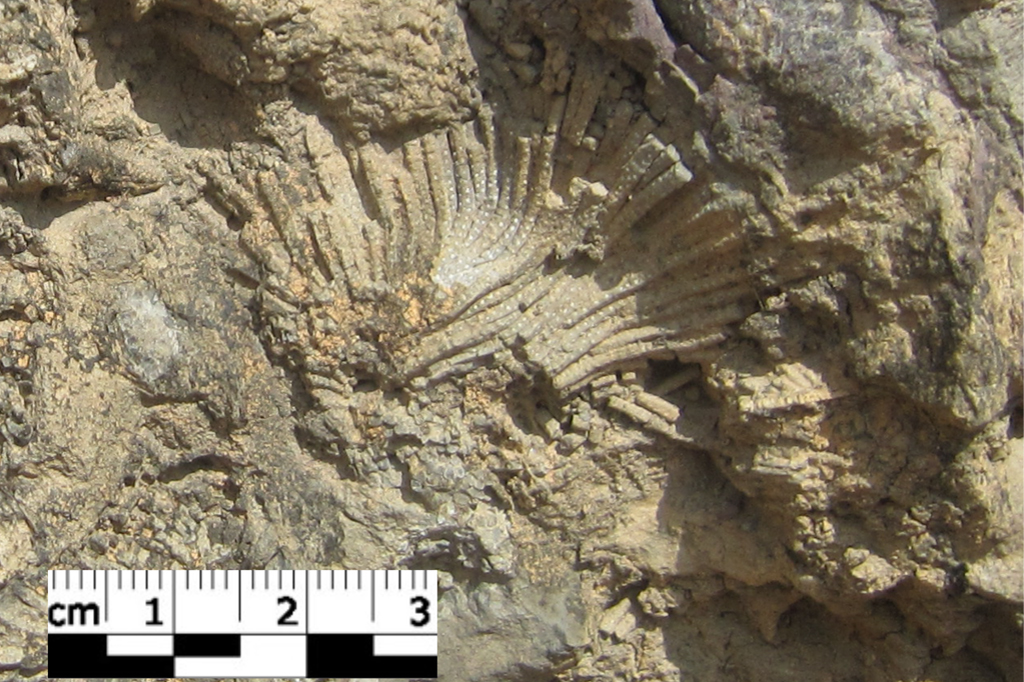
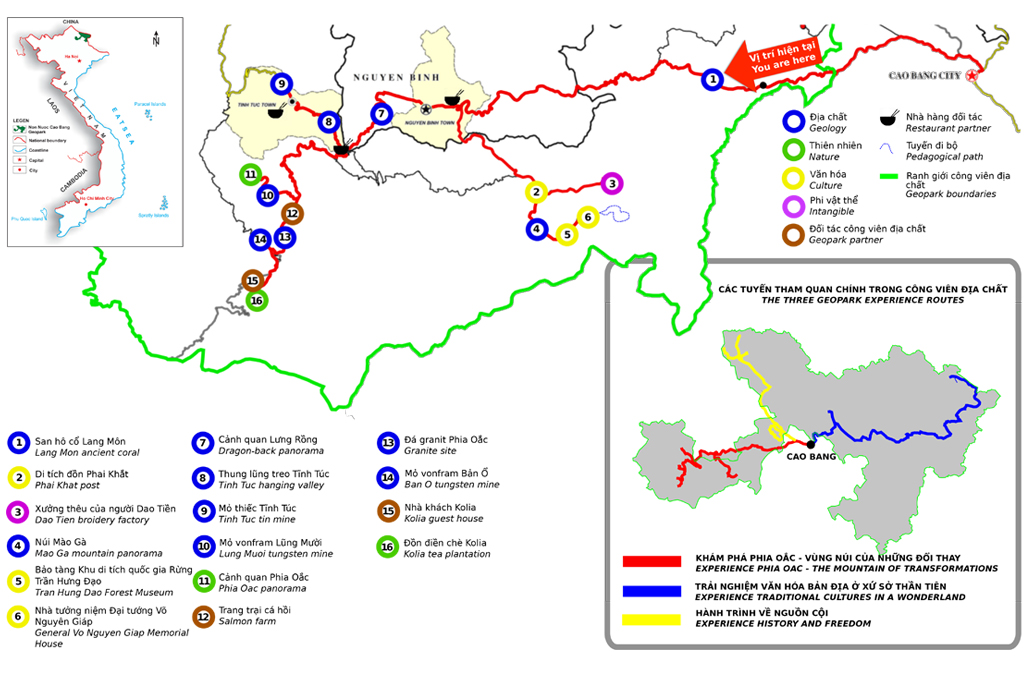
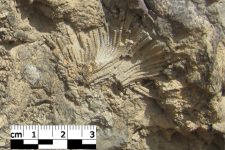
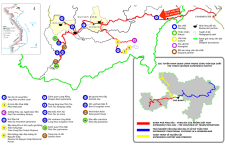
Price: Free
Phone: (0206) - 3854 211
Time to visit a place: 120 phút
Open Time: 7:00 AM - Close Time: 6:00 PM
Email: thongtindulichcb@gmail.com
Address: Nguyen Binh, Cao Bang Xã Minh Tâm, Tỉnh Cao Bằng
400 millions years ago, this area was a shallow sea wherefrom the limestone was formed, containing a great quantity of fossils, witnessing a long past rich marine life.
A majority of these living creatures correspond to corals which live in coastal shallow marine environment, 20-50m deep at temperatures of 18-20°C. Corals (scientifically named Anthozoa - “flower animals”) are marine animals that have the appearance of flowers. Corals are round and small, and live in communities. They are fixed in place, so they are often well preserved. Moreover, survival and development of corals significantly depend on environmental conditions such as temperature, depth, salinity and light. Thus coral fossils are extremely useful for determining the age of rocks as well as the past environmental conditions of where they used to live.
At this site there are also other kinds of fossils called "brachiopods". Brachiopods are virtually defenceless and a shell, enclosing their organs, is their only protection. Most are permanently attached by a fleshy stalk (pedicle) to a hard, sea-floor surface, such as a rock outcrop, boulder or another shell. Brachiopods are incapable of actively pursuing food. Today there are still 300 species of brachiopods living in cold, often deep waters, after the majority of the group went extinct during a major planet crisis with mass extinction that occurred 252 million years ago (end of the Permian).
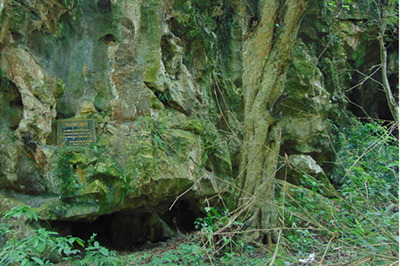
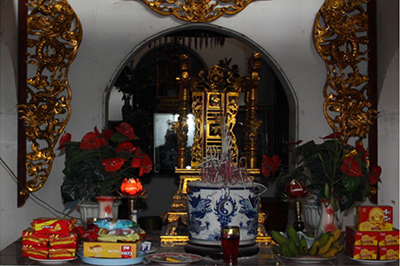
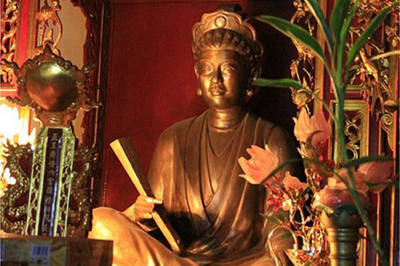
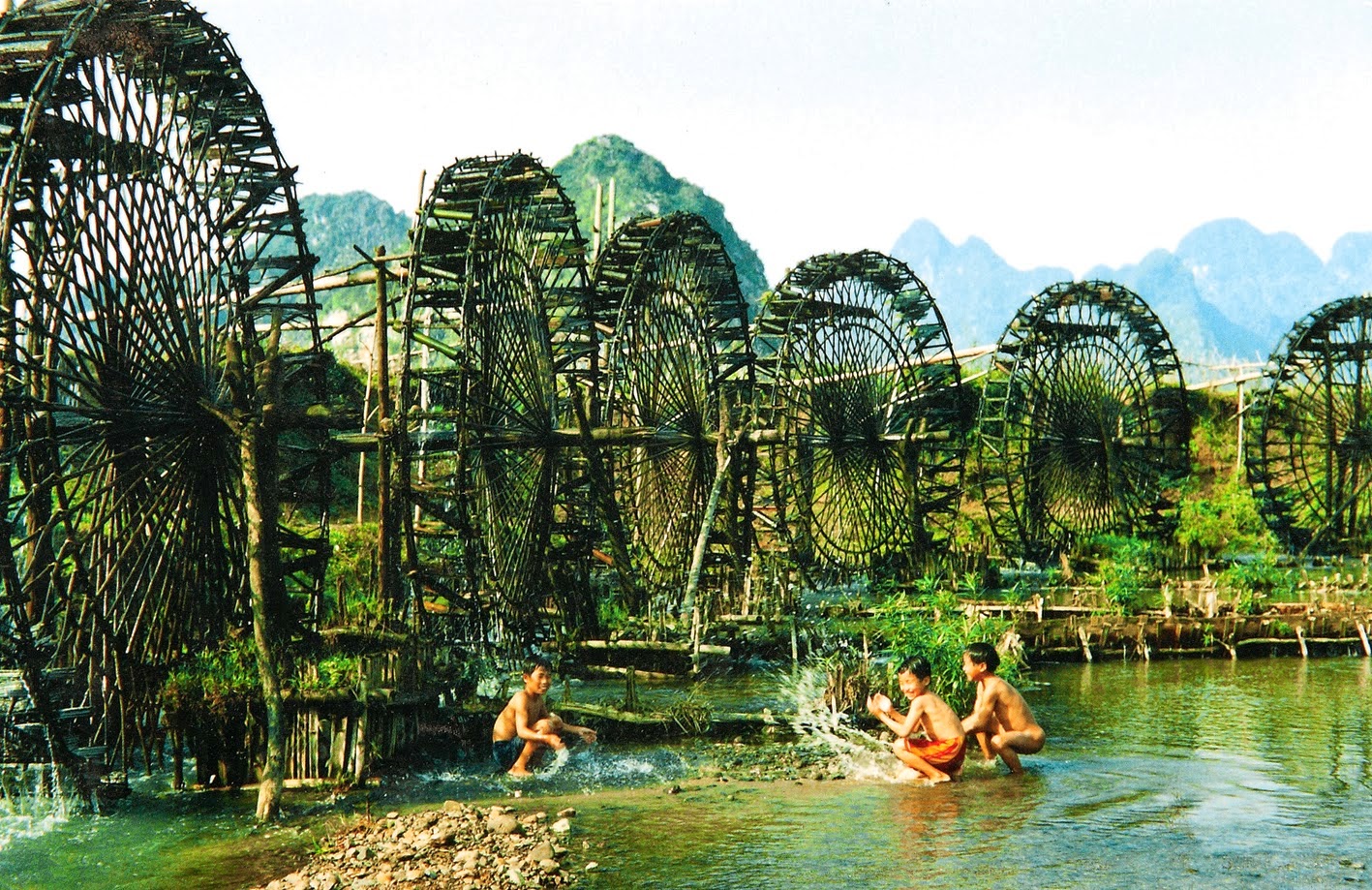
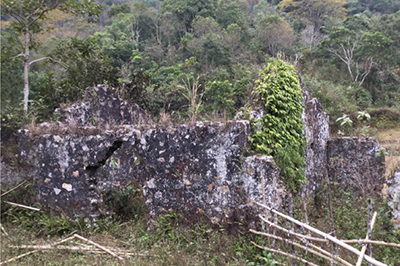
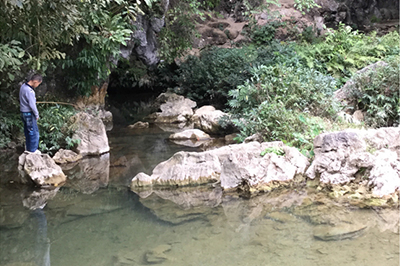
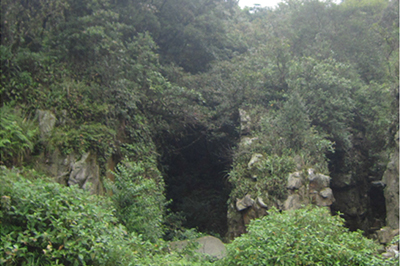
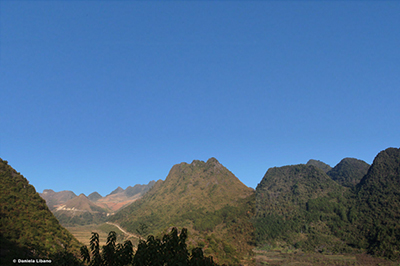
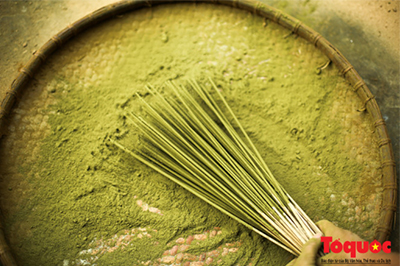
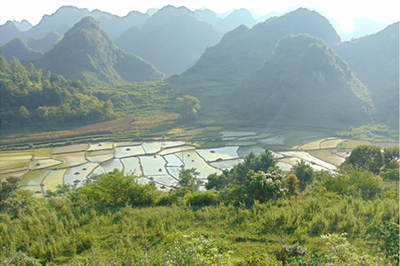
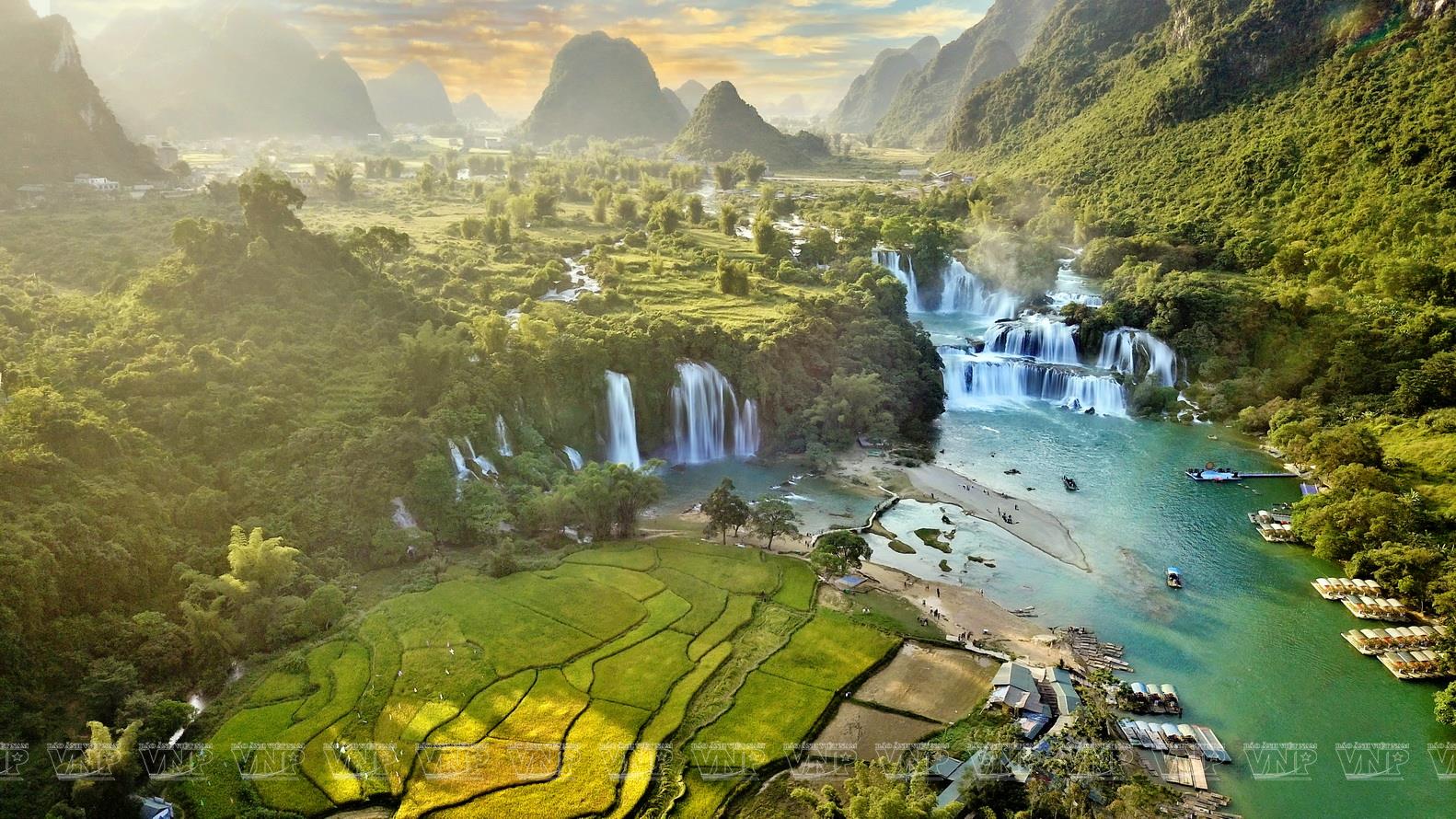
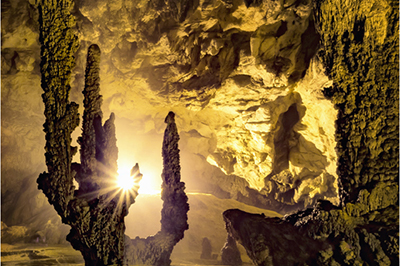
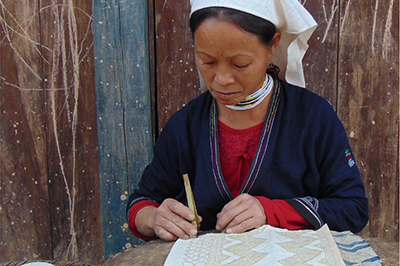
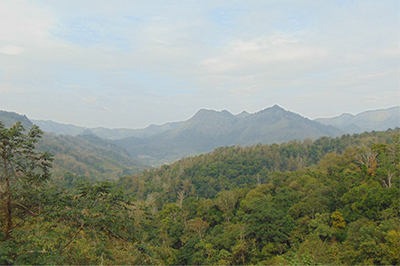
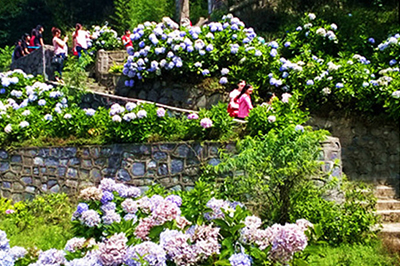
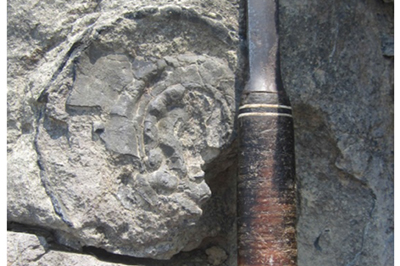
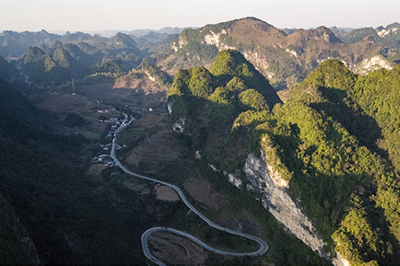
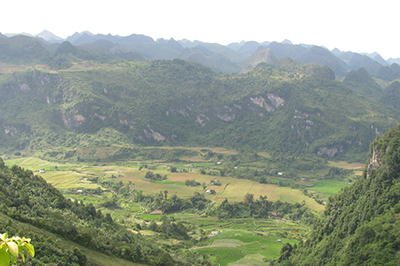
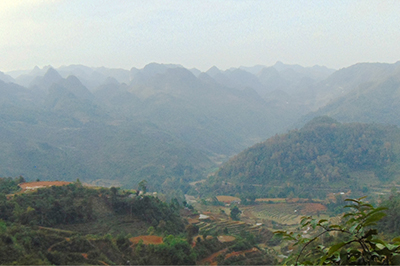
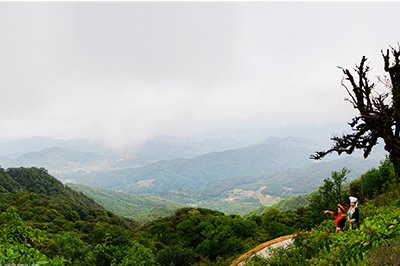
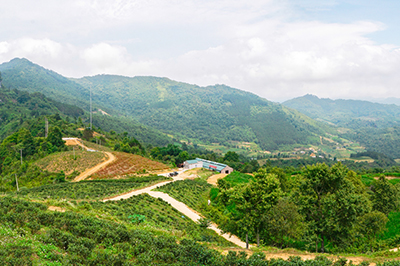
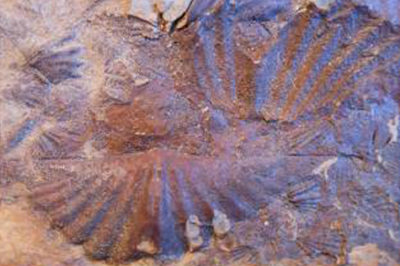
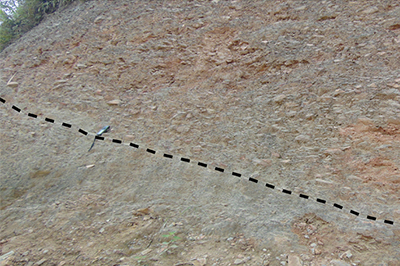
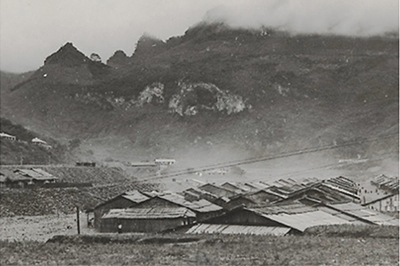
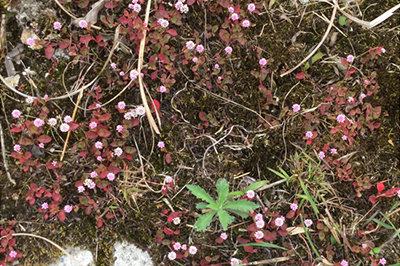

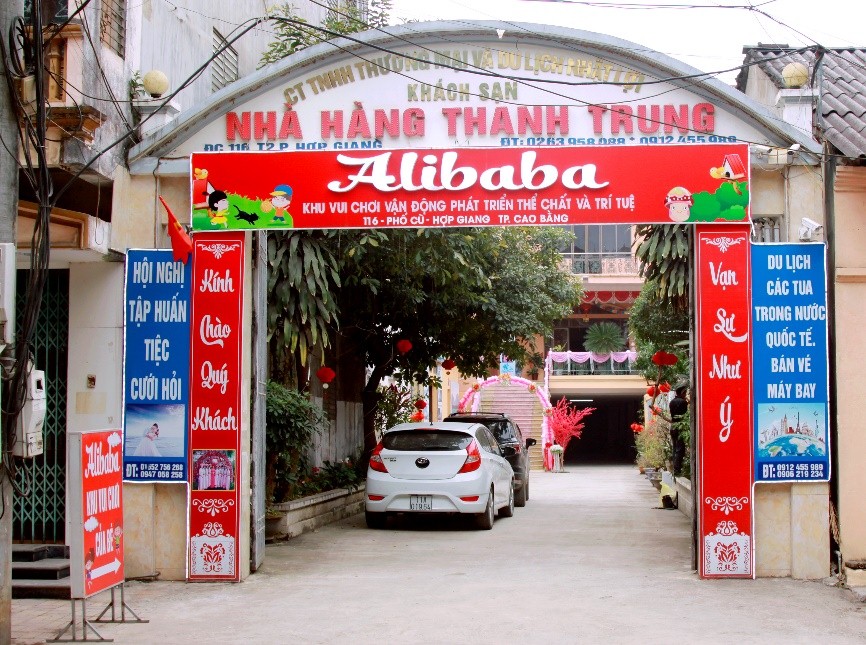
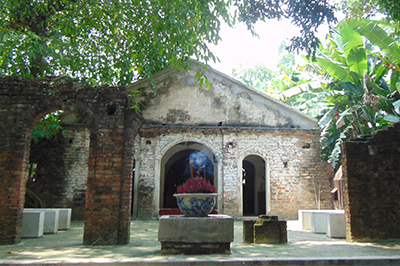
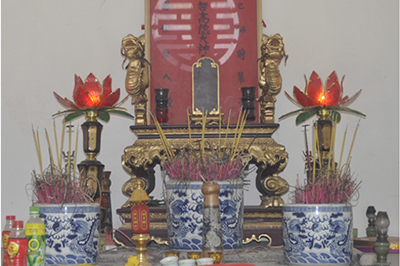
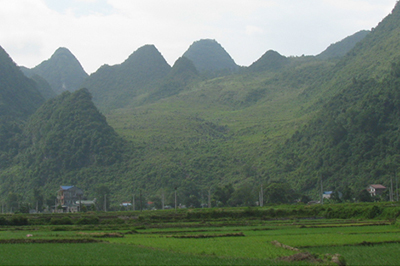
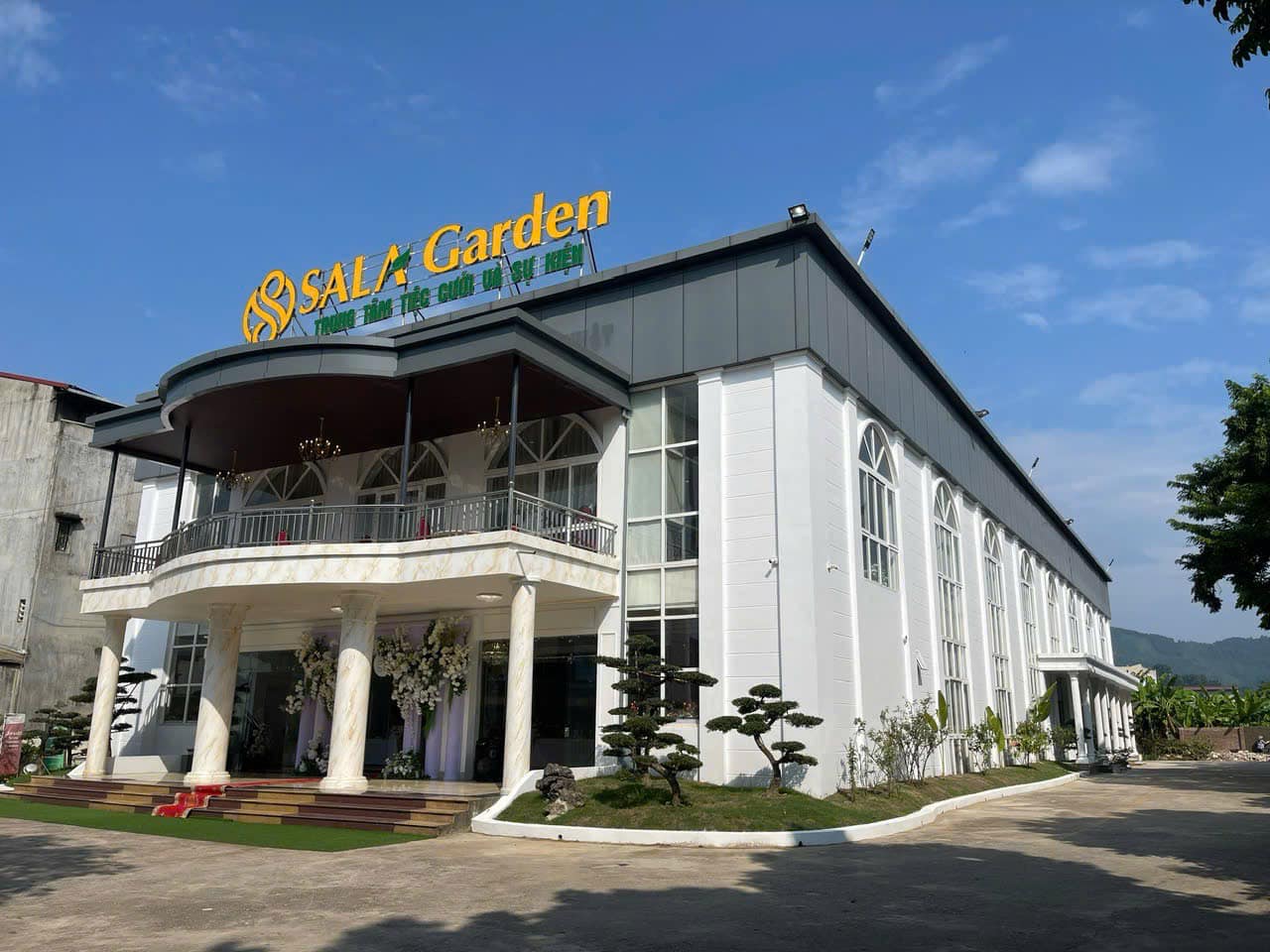
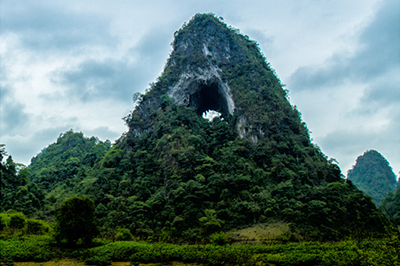
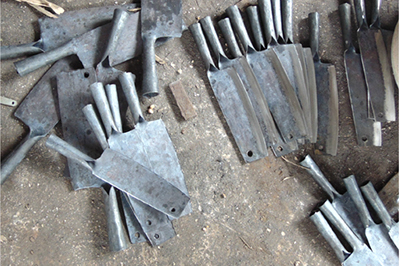
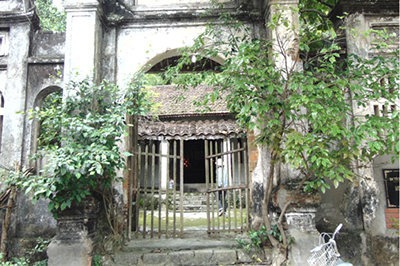
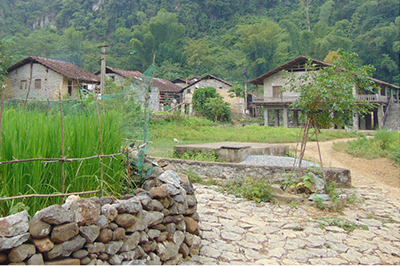
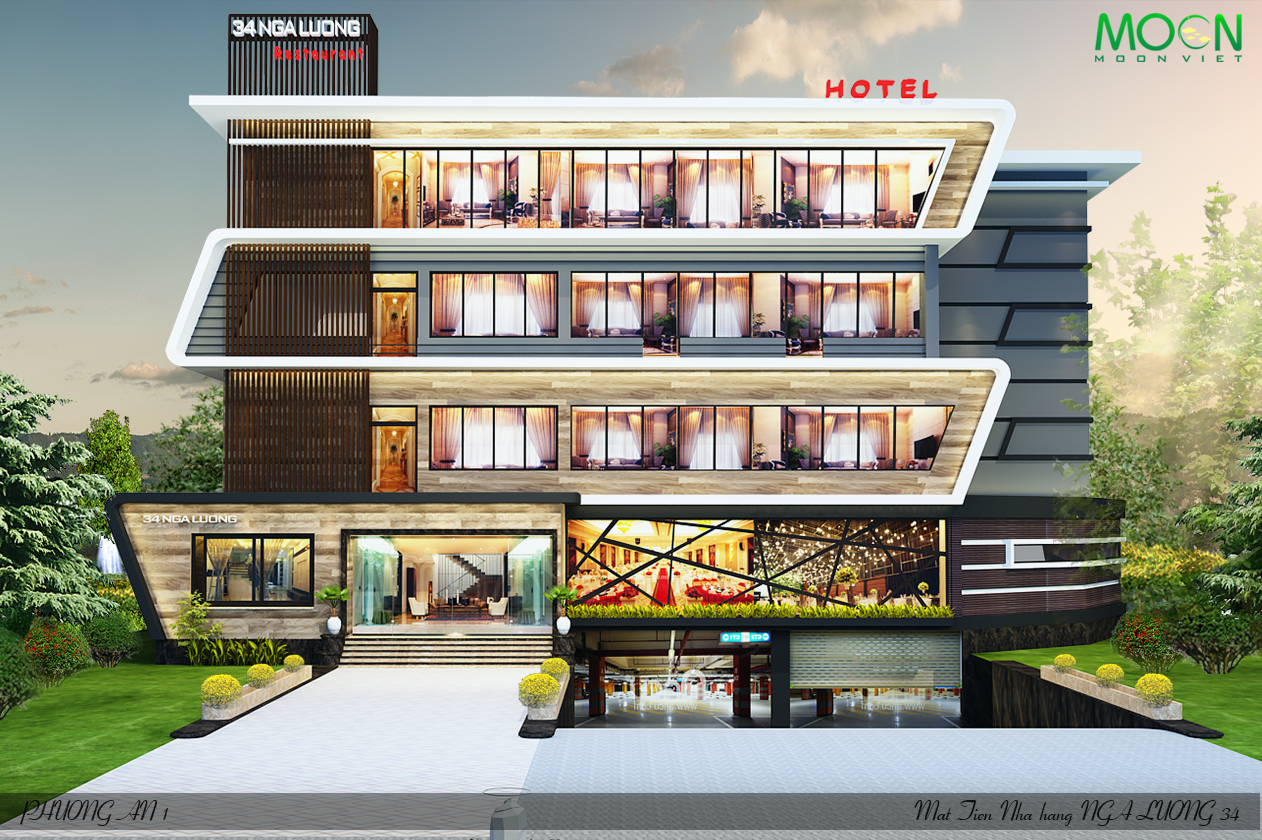
Distance: 10.13 km
Distance: 12.76 km
Distance: 12.98 km
Distance: 13.43 km
Distance: 13.84 km
Distance: 14.08 km
Distance: 15.36 km
Distance: 16.01 km
Distance: 16.16 km
Distance: 16.32 km
Distance: 16.60 km
Distance: 16.98 km
Distance: 17.03 km
Distance: 17.07 km
Distance: 16.01 km
Distance: 16.27 km
Distance: 16.80 km
Distance: 17.02 km
Distance: 17.29 km
Distance: 17.57 km
Distance: 17.63 km
Distance: 17.95 km
Distance: 0 m
Distance: 7.03 km
Distance: 7.49 km
Distance: 7.53 km
Distance: 10.09 km
Distance: 10.67 km
Distance: 11.10 km
Distance: 11.47 km
Distance: 17.44 km
Distance: 17.44 km



